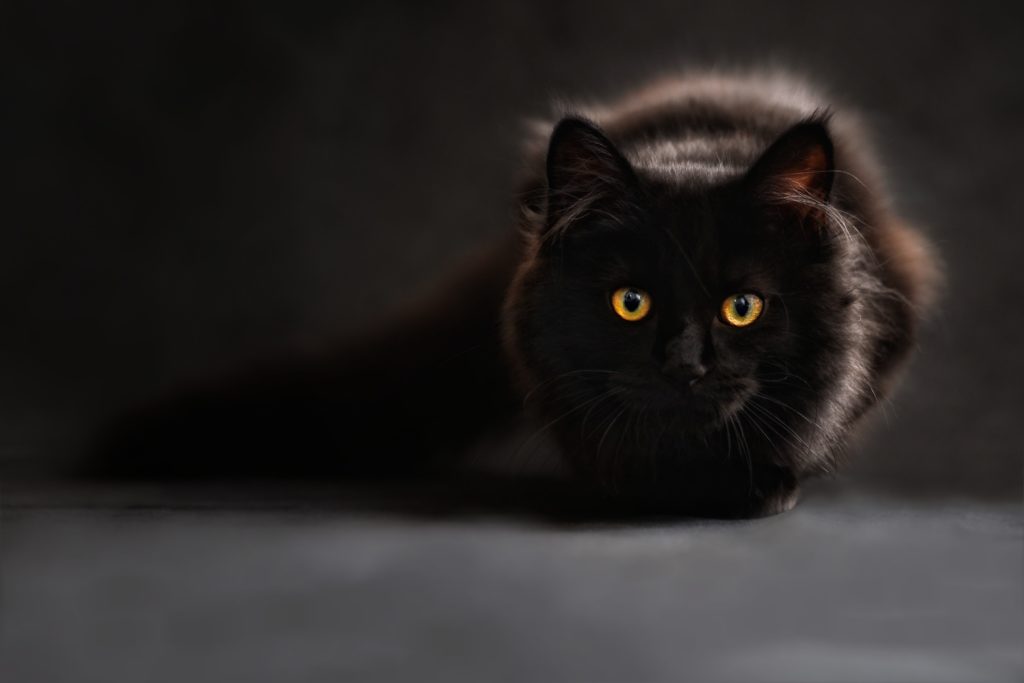It’s a controversial topic in veterinary medicine and pet nutrition in general, but over the last decade we’ve seen more and more veterinarians standing up and stating that wet food is the best choice for the feline patient. I’m one of those vets. Here’s why:
1. It’s the closest commercial approximation to their diet in the wild.
As we discussed in last week’s post on protein, cats are obligate carnivores- meaning they depend on meat for their nutrient requirements. Their bodies are designed to eat and process high protein, low carbohydrate, wet meat; if we’re looking to most closely approximate what a wild cat would eat, it’s this. Not kibble.
2. It’s better for their urinary health.
Even before “get wet” was the battle cry for all felines, veterinarians were recommending that cats with a history of urinary tract disease eat canned food because of its higher moisture content. Super saturated urine, the type found in dehydrated animals, is more likely to precipitate painful and life-threatening crystals and stones.
Cats aren’t naturally heavy water drinkers. That’s because their bodies are used to getting a good portion of their water intake from their prey. When we remove that, the cat has to compensate for the missing moisture by drinking more water, which they may or may not actually do. In cats already predisposed to urinary disease, dehydration can be deadly.
3. It has more protein.
In general, canned foods tend to be lower in carbohydrates and higher in protein than their dry counterparts. This is due to a variety of reasons, such the way kibble sticks together in the manufacturing process, and yes, cost. I view an optimal diet for cats as having less 10% of the product (on a dry matter basis, meaning after the water is removed) consist of carbohydrates. Good luck finding that with a dry food.
4. It has better protein.
Not all protein is created equal. Grains can be a source of protein. So can soy. These are not inherently bad in and of themselves, but the feline body does not utilize these proteins in the same way as it does animal protein. Animal proteins are more digestible, meaning you get more bang for your buck during the digestive process. Canned food tends to contain higher amounts of animal derived protein than kibble.
5. I’ve seen it with my own eyes.
In my own personal experience, cats on canned food tend to be healthier. By and large (no pun intended), those roly poly overweight Garfield lookalikes are kibble eaters who have packed on the pounds with carb heavy foods and then pay the price with diabetes, fatty liver syndrome, and urinary disease.
My own cat, who switched from a kibble diet to canned after developing food allergies, naturally lost two pounds over a year, reaching an ideal body weight with no extra effort on our part. As I began to revisit my ideas and current thoughts on nutrition, he and I both transformed together.
I’ve seen newly diagnosed diabetic cats who switched from a high carb dry food to a high protein canned food reduce, or in some happy cases eliminate, their need for insulin. Those are just a couple of examples.
Tips on making the change:
If you’re ready to make the switch, take it slow: some cats are very particular and can take several weeks or even months to readily accept a big change in their food. You do not want a cat, especially an overweight cat, to stop eating entirely, as they can develop a life threatening condition called hepatic lipidosis if they suddenly stop eating. Take as long as you need and use your veterinarian for advice and guidance along the way.
Above all, don’t give up! It’s worth the effort.

